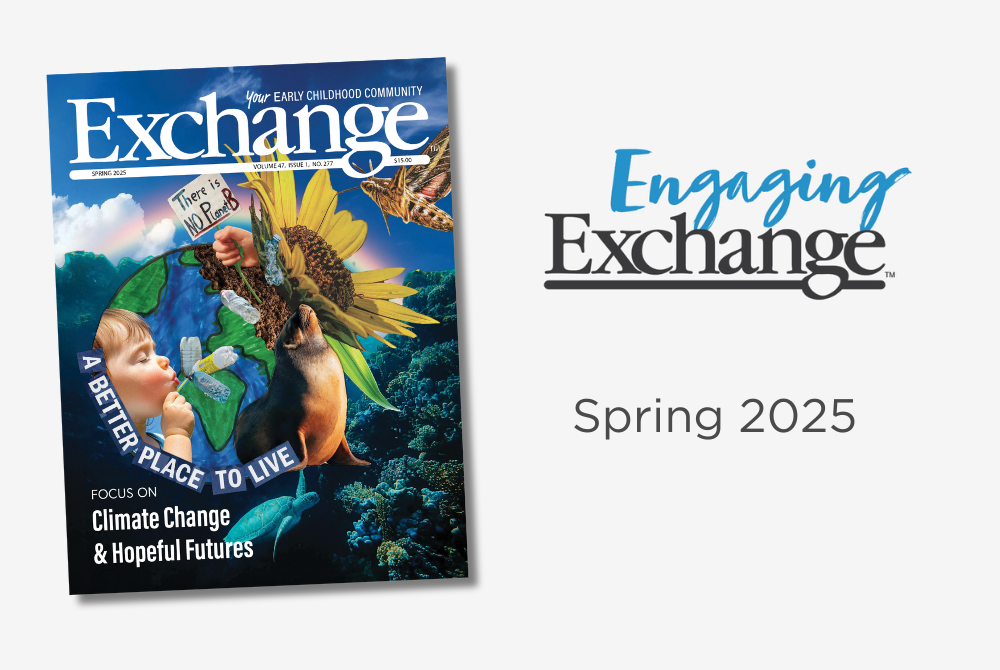August 21, 2024
Fostering Creativity in Children: Time, Space, Materials and Relationships
There is a delicate balance that must be achieved by teachers: stepping back while still remaining open to engagement, and interacting with children without taking over.
– Chris Kiewra and Ellen Veselack, “Playing with Nature”
Kirsten Haugen, Nature Explore educator and Professional Development Director for Dimensions Educational Research Foundation, shares the following:
At the 2024 Natural Start Conference in Portland, Oregon, I had the opportunity to lead a workshop some key principles for supporting children’s creativity, based on some compelling research by Chris Kiewra, University of Nebraska at Lincoln, and Ellen Veselack, of the Child Education Center in La Cañada, California. Through exploring and discussing documentation scenarios, workshop participants were able to discern the same qualities of time, space, materials and relationships that Kiewra and Veselack outlined in their research.
Some key observations by both the researchers and the workshop participants were that children are most creative when:
- They know they have plenty of time to freely explore and play on a regular basis, such that they can get ‘lost in time’ or experience a ‘flow state.’
- The space they play in is familiar and predictable, but also flexible and changing. Children know where things are and can notice and engage with changes over time.
- They have plenty of materials, such as sticks, rocks, plant materials or recycled items, that are open-ended, allowing the children to bring their own ideas to the play and transform the materials and ideas at will.
- They experience trusting relationships with the adults around them, adults who can closely observe, and offer gentle support without judging (positively or negatively) or inadvertently taking over the play.
- Workshop participants expanded on observations in the research by also focusing on how children’s sense of safety, belonging and connection set the groundwork for their creativity and growth.
Kiewra and Veselack’s research was conducted in outdoor classrooms which easily set the stage for the observations above, compared with constraints often found in indoor environments or conventional playgrounds.
Share with the hashtag #ExchangeEveryDay
Print Friendly
Related
By Lisa Goddard, Ashley Brailsford and Becky DelVecchio
By Hester Paul and Jessica Price
By Becky DelVecchio and Sara Becker












